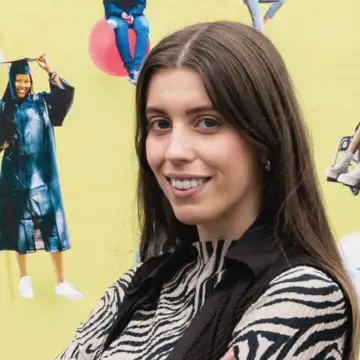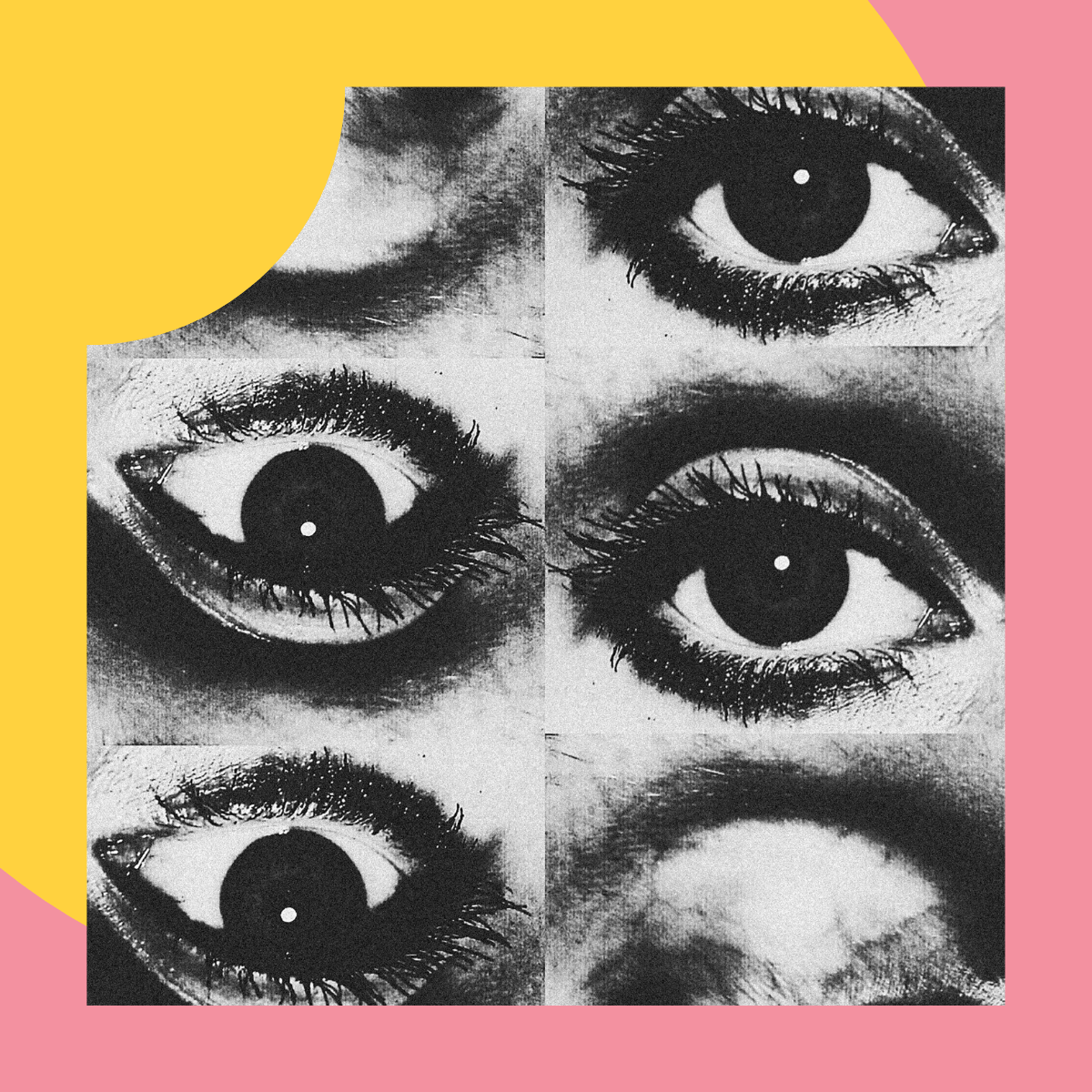Lauren Little, Founder of Dark Yellow Dot

When I look back on my social media journey, there are a couple of things I wish someone had told me sooner. Firstly, patience is key. It takes lots of time, sometimes years to build a genuine following, despite what the flashy influencers might suggest. And secondly, having a big following doesn’t automatically mean big bucks and lots of income. Only a fraction of your audience actually sees your posts, which can affect engagement rates, affecting sponsorship opportunities and monetisation strategies.
So, here’s my advice for emerging creatives: focus on your craft and connecting with your audience authentically. Forget trying to please the ever changing algorithms and trends because at the end of the day, it’s about sharing your creativity and building relationships with those who genuinely appreciate it. That’s where the real fans are and when you have real fans, magic happens.
You can find more of Dark Yellow Dot’s work on their website and Instagram.
Tabish Khan, Art Critic
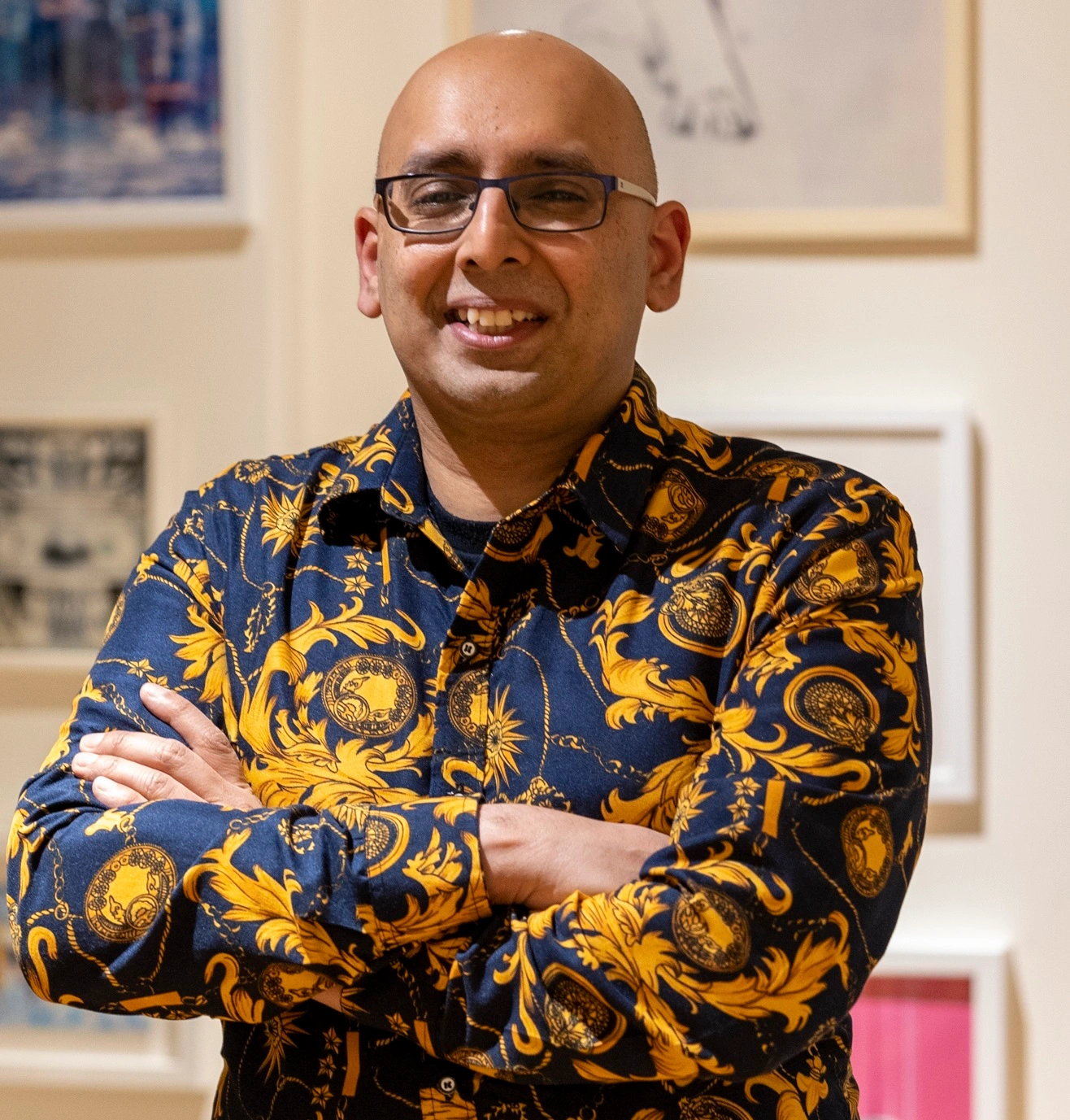
I wish I knew both how powerful and addictive social media can be. I had no idea how much it would blow up and how people would come to recognise me by my Instagram handle. It’s a great way to connect with artists and other arts professionals and especially Instagram is its own platform that’s largely separated from my writing – i.e. a lot of people who follow me there have never read anything by me for other publications. I’m also glad that I keep all forms of social media strictly professional as I wouldn’t be comfortable having anything of my personal life on there, though I appreciate that’s an individual choice.
As we all know it’s highly addictive to flick to socials on my phone if it’s next to me so now I sleep with it in another room and often have it in a different room when I’m working. Posting regularly can also be extremely burdensome and I recently hired someone to schedule all my posts for me and now I’m wondering why I didn’t do this years ago.
Tabish Khan is an art critic specialising in London’s art scene who believes passionately in making art accessible to everyone. Tabish has been visual arts editor for Londonist since 2013 and also regularly contributes to FAD, Artsy and other publications. Tabish is also a trustee of ArtCan, a non-profit arts organisation that supports artists through profile raising activities and exhibitions, and of the prestigious City & Guilds London Art School and Discerning Eye, which hosts an annual exhibition featuring hundreds of works.
You can find more from Tabish on Instagram, LinkedIn, X, his Website and Newsletter.
Kirsty Paints, Artist

Making art and making content are two completely separate things. There, I said it!
It’s so easy for us to believe that our art must suck because our post got two likes. It feels like we need to stop sharing because OBVIOUSLY the world is telling us we’re terrible artists and they’re not interested in our creativity, right?
My friend, I tell you this with the most love and compassion I have.
Learning to make content has nothing to do with your artistic ability.
It’s an entirely different skill.
Wrapping your artistic identity around your follower count and your engagement levels is the fastest way to burnout and give up.
Trust me, I’ve done both of those about 10 times!
THIS is what I wish I knew (and did) sooner… The number one greatest skill you could possibly learn before you even begin thinking about posting your art online is this:
Detaching the outcome of your post to the way you feel about your own art.
How do you do that?
You fall head over heels in love with your own artwork first.
…. And then take the time to learn how to make content – just like you took the time to learn how to create your art.
Kirsty is a Painter and Creativity Coach dedicated to elevating the lives of artists. By sharing everything she knows about creative living, she’s here to make the world brighter, one painting at a time.
Johnathan Williams, Photographer
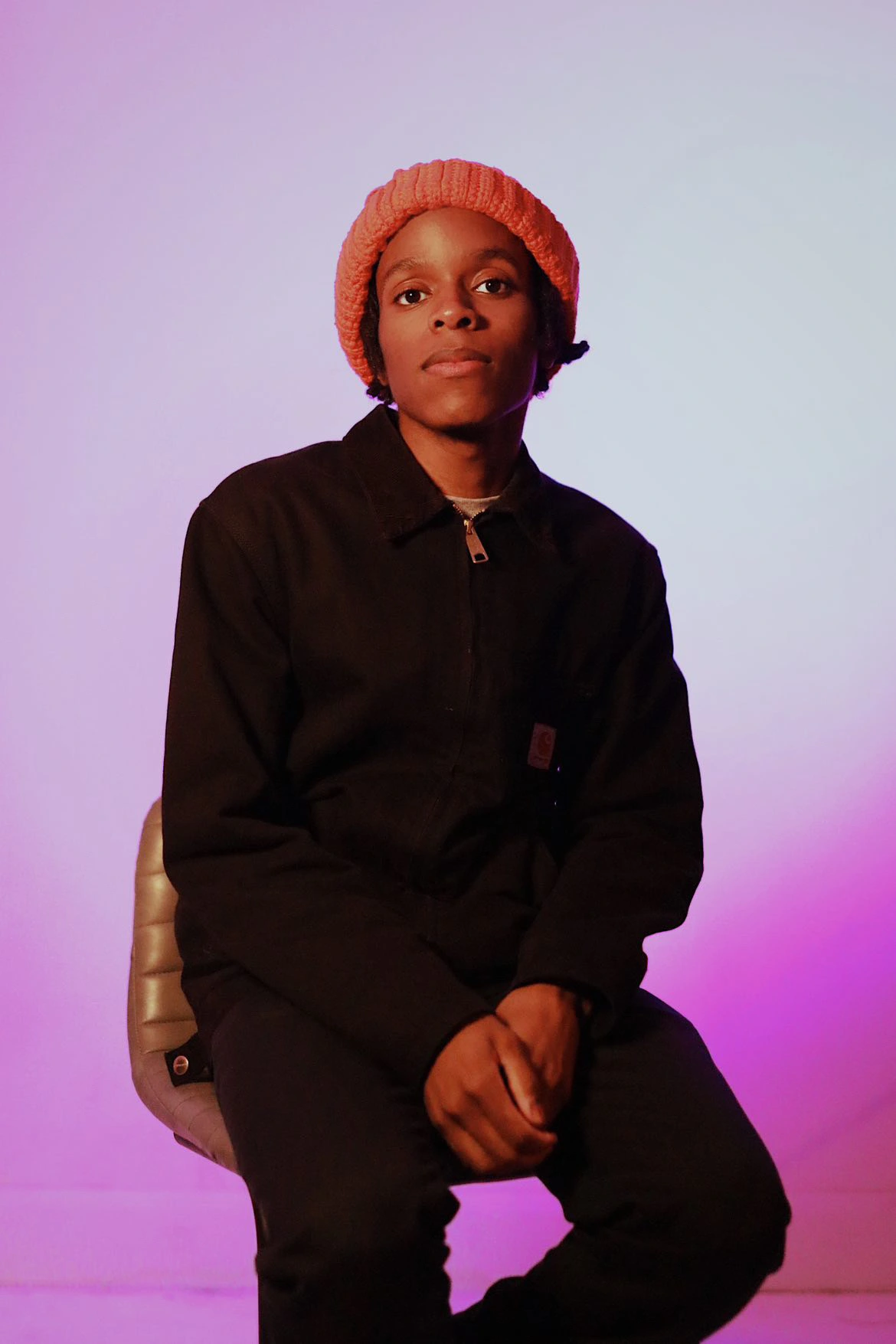
Everything you post on social media contributes to the identity you’re constructing for yourself, whether you’re aware of it or not. A majority of the people who follow you will never meet you in real life. They’ll probably never have a conversation with you either. So whatever you’re posting contributes to the image they’re creating of you in their heads. So be mindful. Be your authentic self, post content aligned with your values and morals, and represent yourself in the best light possible. Your online identity should always match your real-life identity.
Also, use social media in moderation. It’s all about balance. Don’t spend every waking moment scrolling through Instagram and TikTok looking for inspiration and then be surprised when you feel uninspired. Overconsumption of online content can be detrimental to your creative career and well-being. Inspiration isn’t always found online. Go for a walk, take a drive, hike up a mountain. You’d be surprised how doing the most ordinary activities can lead to the best creative ideas. Some of my most popular TikTok video ideas came to me while driving to the supermarket or going on my weekly park run.
Johnathan Williams is a freelance photographer and TikTok content creator, specialising in portrait and event photography alongside music-related TikTok content.
You can find more about Johnathan on his website, Instagram, TikTok and LinkedIn. Johnathan has recently opened his debut solo photography exhibition at Grosvenor Road Studios which you can read more about here, and you can visit the exhibition until October 2024.
Zoe Thompson, Founder of sweet-thang zine
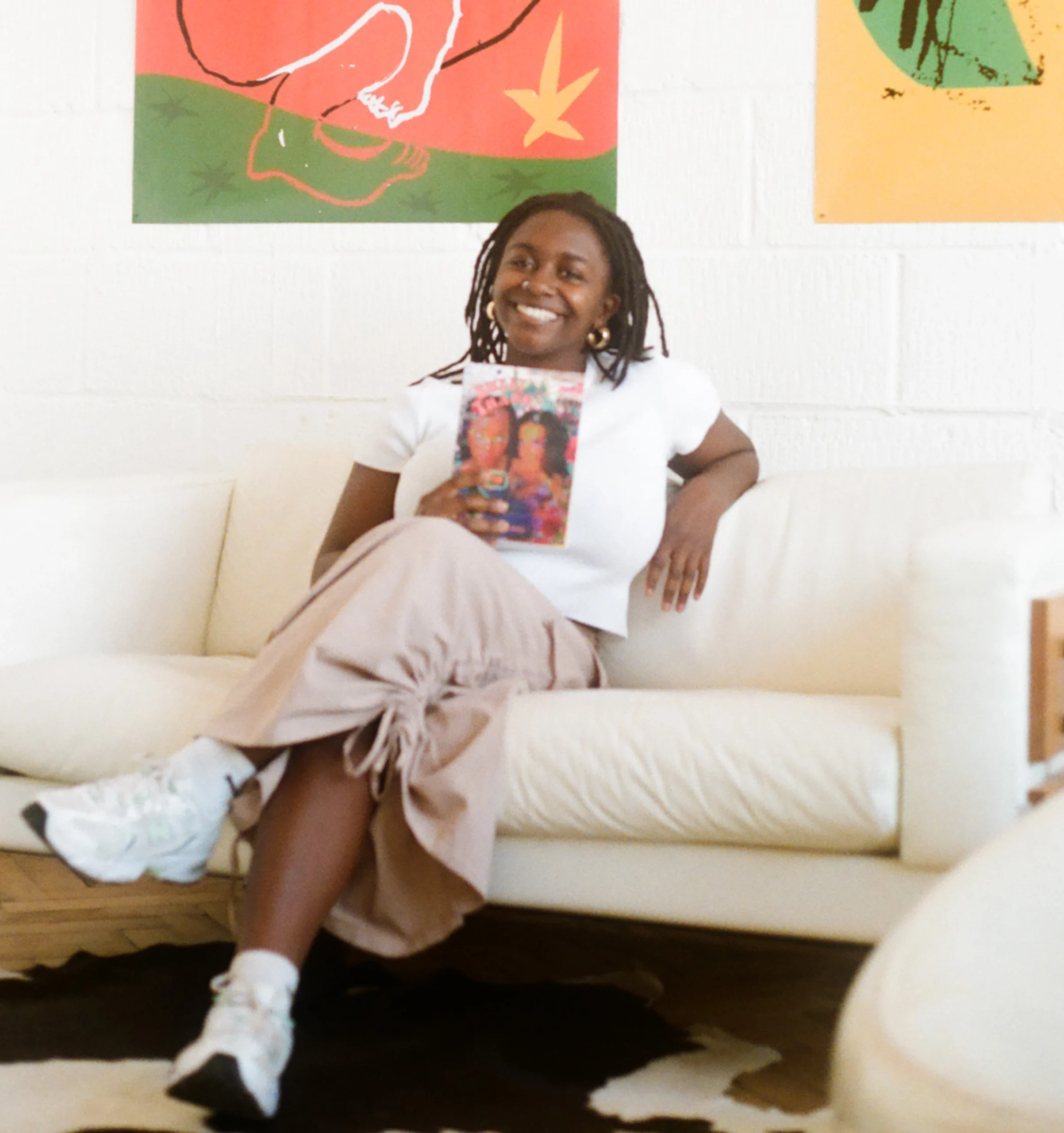
When I think about the start of my creative career, two years come to mind: 2017 and 2021. I started sweet-thang zine at the end of 2016/beginning of 2017, when a lot of the UI and business tools we seamlessly use now didn’t even exist! Then I started freelancing as a social media manager in 2021, when social media had taken on an entirely new meaning in just a few short years. Not only was I using social media differently as a consumer, but I also had to learn and grow with the times to use it as a marketer.
What I wish I had known back then was how important curation is. I used to post sporadically and not have a system in place for what I wanted to say, who I wanted to speak to, and how. Content creation is one thing, but curation is where the organisational magic happens. Knowing how to structure and curate your social media offers you a framework to understand your mission and brand and cultivate a sense of trust.
Additionally, I would remind myself that consistency doesn’t mean posting every day. Quality over quantity is key, as well as making sure each post brings some form of value to my community and comes from an intentional headspace.
Zoe Thompson is the founder of sweet-thang zine and is a freelance zine artist and writer. She is currently the listings coordinator at Creative Lives In Progress.
You can find more on her LinkedIn, and check out the sweet-thang zine website.
Verity Babbs, Art Critic-Comedian & Presenter
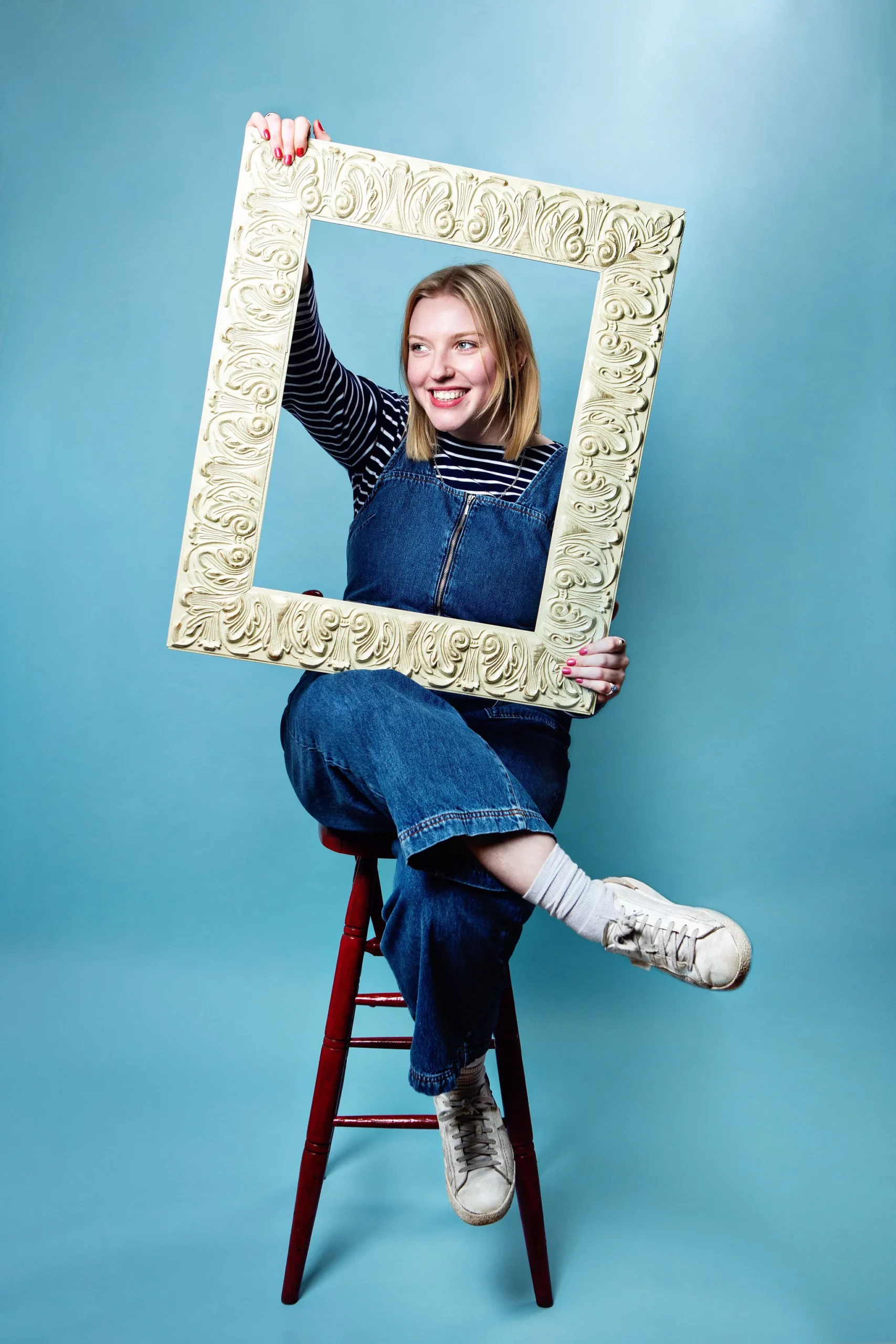
I wish I knew that you don’t have to do it all. It can be easy to fall into the trap that posting what you want when you want isn’t enough, and actually you need to be posting on Instagram and TikTok and Twitter on a tight schedule and that you should be making different platform-specific content every day and getting really into Canva. I think the best way to use social media for your career is to be as authentic as you can, and that includes the frequency of your posts.
Personally, I get no joy from content plans, so spending time curating a feed on a social media platform I barely use wouldn’t be authentic for me. It would become a chore, and wouldn’t be conducive to me making content that I or anyone else would actually enjoy. For some people, that kind of curated approach across various platforms is completely their thing, which is great, but don’t waste time comparing yourself to people who genuinely enjoy doing that sort of stuff. Social media is a great tool for connecting to other people, and building thousands of followers isn’t actually necessary for you to do that.
Verity Babbs is a writer, presenter, and host of Art Laughs art-themed comedy nights. She studied History of Art at the University of Oxford and now works to bring laughter into conversations about art.
You can find more from Verity on her website, Instagram and LinkedIn. Also check out Art Laughs!
Haydn Corrodus, Digital Consultant to the Arts and Cultural sector
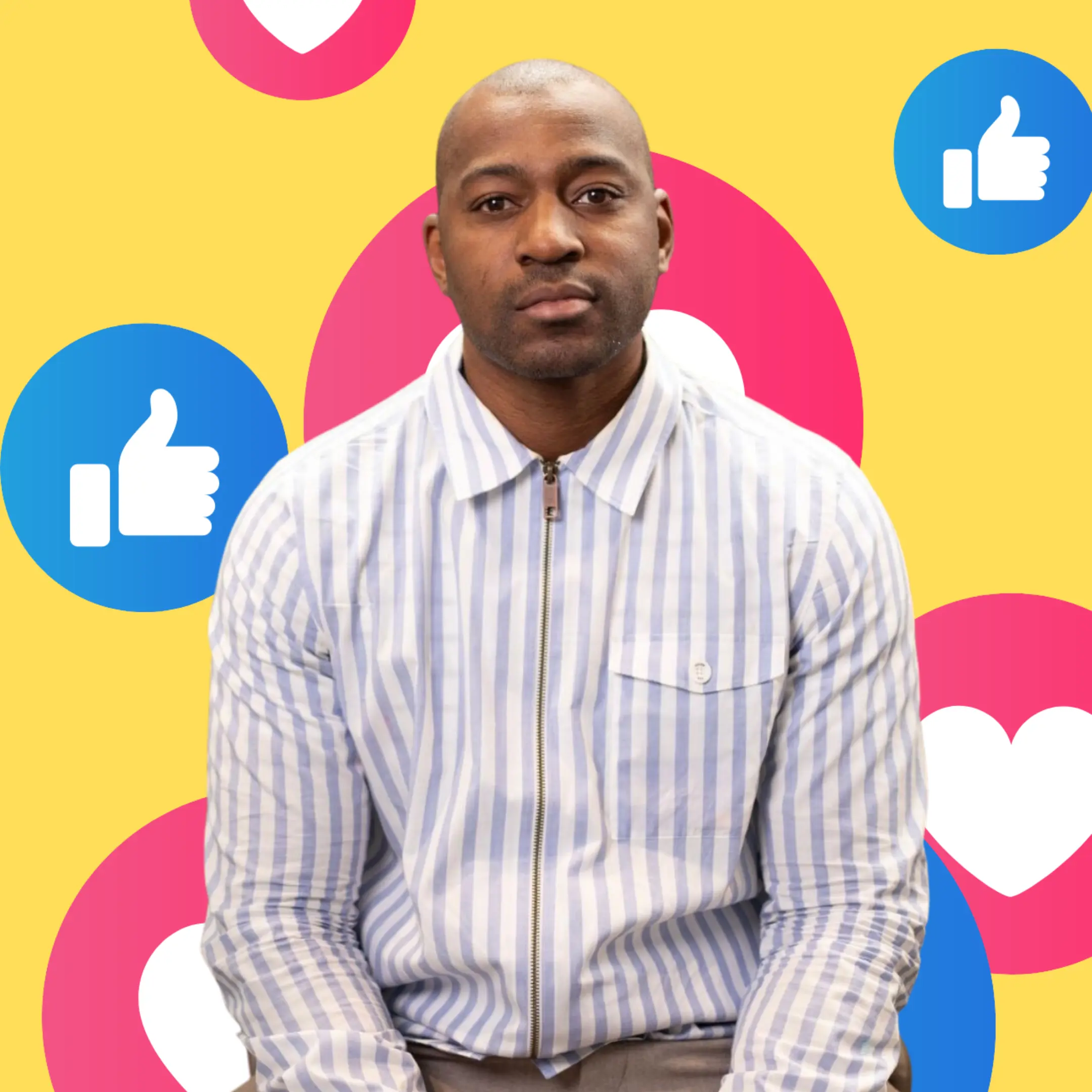
The truth is, there is probably little I can tell you about social media that you don’t already know on some level, but knowing and doing are two different things.
So below are some cliches that, if you can take to heart, will lead to digital success!
Content isn’t king. Storytelling is.
If you can identify the story you want to tell about your work, passions, etc., and find a platform that allows you to do this consistently, you will grow an audience. As the saying goes, build it, and they will come.
You don’t have to be on every platform.
The notion that you must be on every platform is false. With 5.07 billion social media users globally, I promise you every platform will have the audience group you’re looking for.
When building a community, focus on:
- Where your core audiences are
- Whether you have the skills to use said platform?
- Can you be consistent for 90 days to see what works?
If you can follow the above, you will gain enough insights to build a presence, and as someone smarter than me said, “Little by little, a little becomes a lot”.
Define your success.
You must define what you are trying to achieve to understand if it’s working. After 90 days, evaluate your insights to see what makes sense. Don’t compare your chapter one to someone else’s chapter twenty.
Haydn is a digital consultant to the arts and culture sector, working with 300+ UK and international culture organisations.
Lucy Rostron, Artist
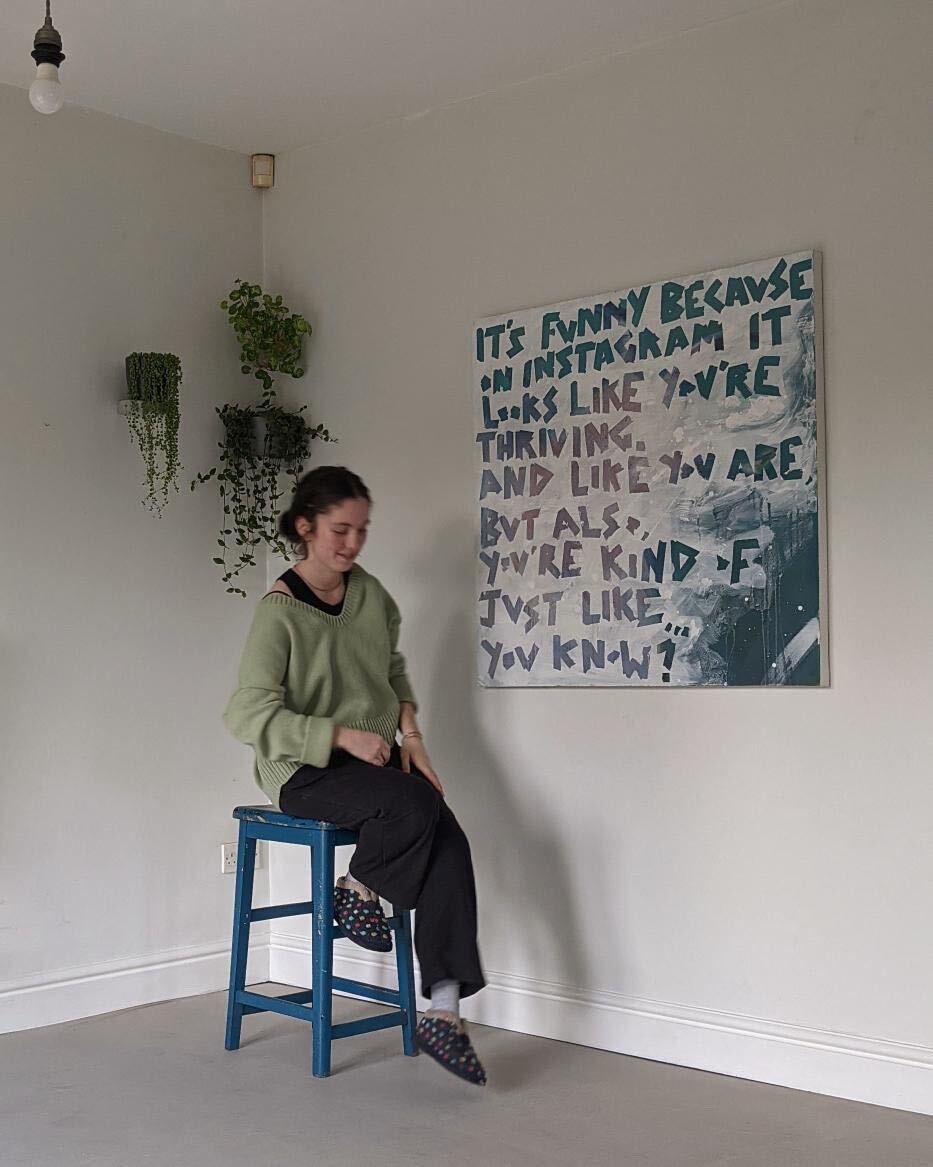
I think working as an artist in any form is getting more and more difficult with social media becoming more present. Supposedly social media is meant to aid, but for some it is a huge hindrance.
Social media has it’s great moments for sure but also I wish I knew how frustrating and demanding it can be. It hurts my head. I’ve gone from spending hours creating and enjoying doing so, showing a final product because I’m excited about it to now spending more time setting up a camera to record 2 mins worth, then spending a few hours editing, then thinking of a caption to then post and it basically reach no one, whilst not actually being happy with what I’m posting because I’ve not spent the time and energy I should have done. I feel like I rush things now to get content. It shouldn’t be that way and I know it. But I fall into the trap so often.
I wish I knew that you will be in a constant battle of staying true to yourself or following trends to get the furthest reach.
A silly thing to get frustrated over I know, but there we go. I’ll still continue to use it, because some days it’s beautiful. The odd comment from a stranger or friend really makes such a difference.
It’s like a relationship full of red flags but the little green ones keep you going… one day I’ll leave it, not sure when.
You can find Lucy on her Instagram.
Sophie Nowakowska, Curator, Critic & Artist Manager
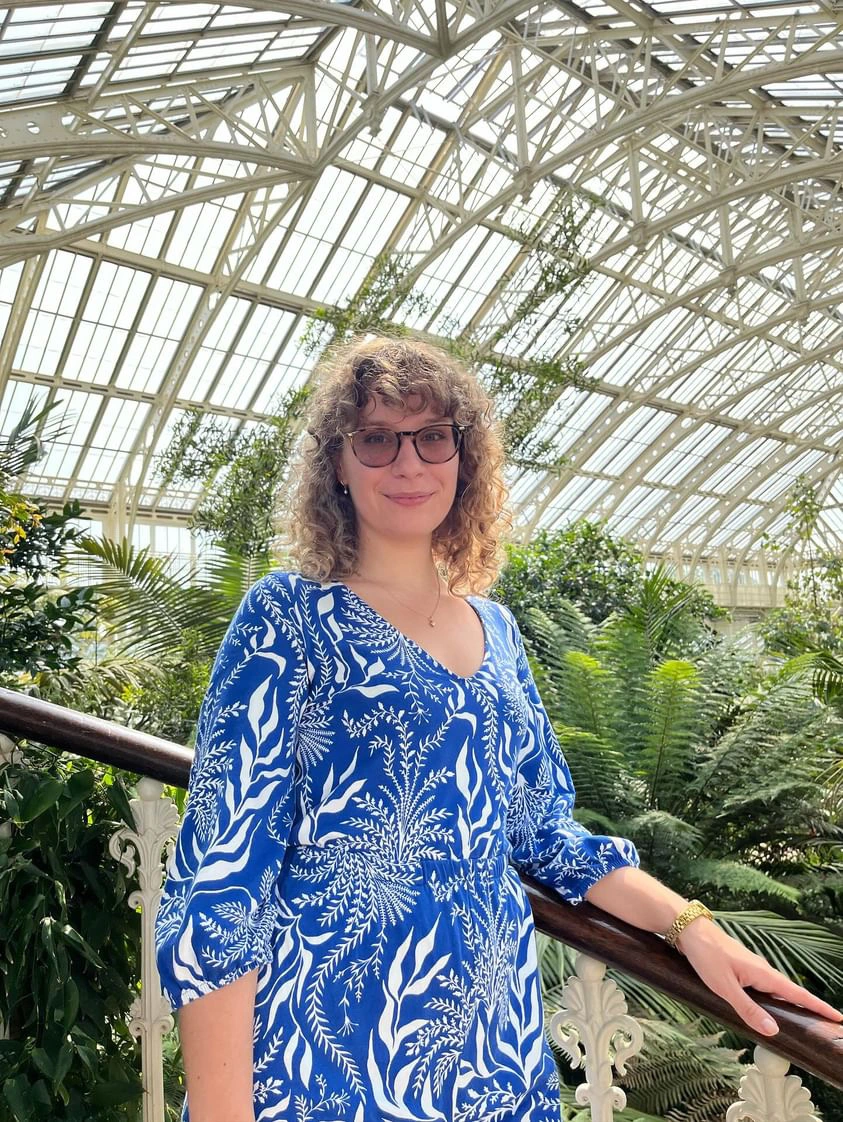
Sophie shares her tips on using social media for people of influence in the art world. Great for curators, art critics, art influencers, or artists looking to share more about their personal influences and research.
- Be an active member of an online community
Show that you care about others’ development while also exposing your own challenges. People want to follow a real person who understands their struggles but also has answers. - Participate frequently and contribute substantially
In a world flooded with information and images, people seek guidance. They look for someone who will tell them what is worth paying attention to. See and experience things for them. - Be considered an expert in your field
While formal education can help, on the internet, everyone has an equal opportunity to have a voice and be heard. Your credibility will grow over time. Remember who your audience is and use language they can understand. - Share your personal taste
Demonstrate your genuine interests rather than chasing trends. Those with similar tastes will naturally gravitate towards you and appreciate your authenticity. - Don’t be afraid to speak up
Share your thoughts on topics that others might hesitate to voice or may not have a platform to do so. People look for representatives who articulate their unspoken views and concerns.
Sophie Nowakowska is a freelance curator, critic and artist manager. Her work ranges from exhibitions to panel discussions and workshops, all aimed at fostering communication with audiences and supporting emerging artists. Her professional experience spans various roles, including organising engaging projects in unconventional spaces, leading marketing strategies, and mentoring.
Chloe RH, Artist
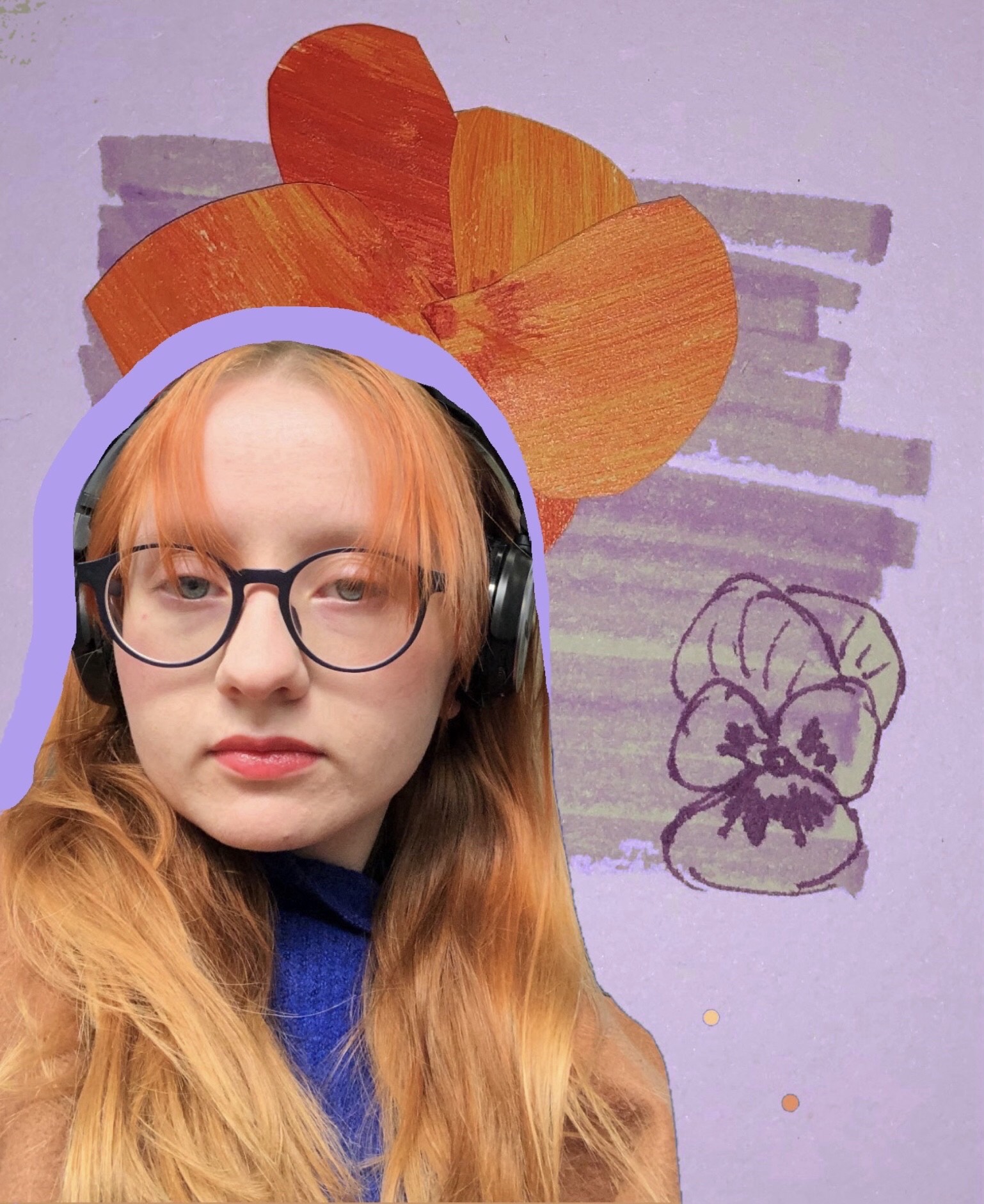
I wish I knew how much social media can be wrapped up in self worth. The anxiety ridden posting and fear of few likes? Limited reach? A suggestion of failure. But it doesn’t matter…?
Hi, I’m Chloe, an artist and event programmer. For the past few years I have been working in marketing, specifically focused on community interest companies and art programmes.
It’s “just social media”, – a colleague of mine said. But when part of your job is feedback and engagement, you can’t just claim it’s all a blunder or a fluke.
I’ve seen a few content creators expertly navigate this. Short Supply Manchester have been sharing much more video content with less production and a focus on creating conversation in the comment section below. The market is beyond over saturated with video content – and a preference on quantity over quality. Of course it’s not the creators who are at fault for catering to this practice – they need it to survive. There seems to be a unanimous feeling – that social media is broken. Homogenised by a digital monopoly.
I first joined social media aged 11, I found community, art, and advice. I had one internet friend who would even help me with my maths homework. I never really saw much ‘bad content’ because back then you kind of had to seek it out in order to see it. We all had a very defined bubble, and anyone who didn’t behave in that circle was blocked. And that was usually the end of it.
Now I feel like my suggested content is meaningless. At a time when my apps have all the information they could possibly have on me, they have discovered – I am simply human. And therefore may like all the other content that many other humans liked. I am tired of all my recommended content. I feel that because of this my content also does not reach its primary audience. Instead it is being thrown at everyone/anyone. And frankly, most everyone of the anyone – just doesn’t care.
I have no solution to this, in my research I have found a holistic approach to marketing to be the most successful. This is referred to as ‘synergetic marketing’. It is a simple yet effective approach in which you coordinate everything at once; your newsletter goes out, you post that the newsletter has gone out, you add a link to this newsletter on your website. Your newsletter also has links to your website. You link other people on your newsletter. Their websites also link to you. Everything repeats and circles itself. You have firmly planted yourself in people’s minds for that day. Of course you can elaborate on this with QR codes on posters- interactive content on your website – I remember Round Lemon had a particularly good digital gallery 😉 – and this all of course encourages the most important thing. Engagement. Meaningful engagement! Which will, hopefully, actually go somewhere.
You can find more of Chloe’s work on her website and Instagram.
Estelle Lily, Artist
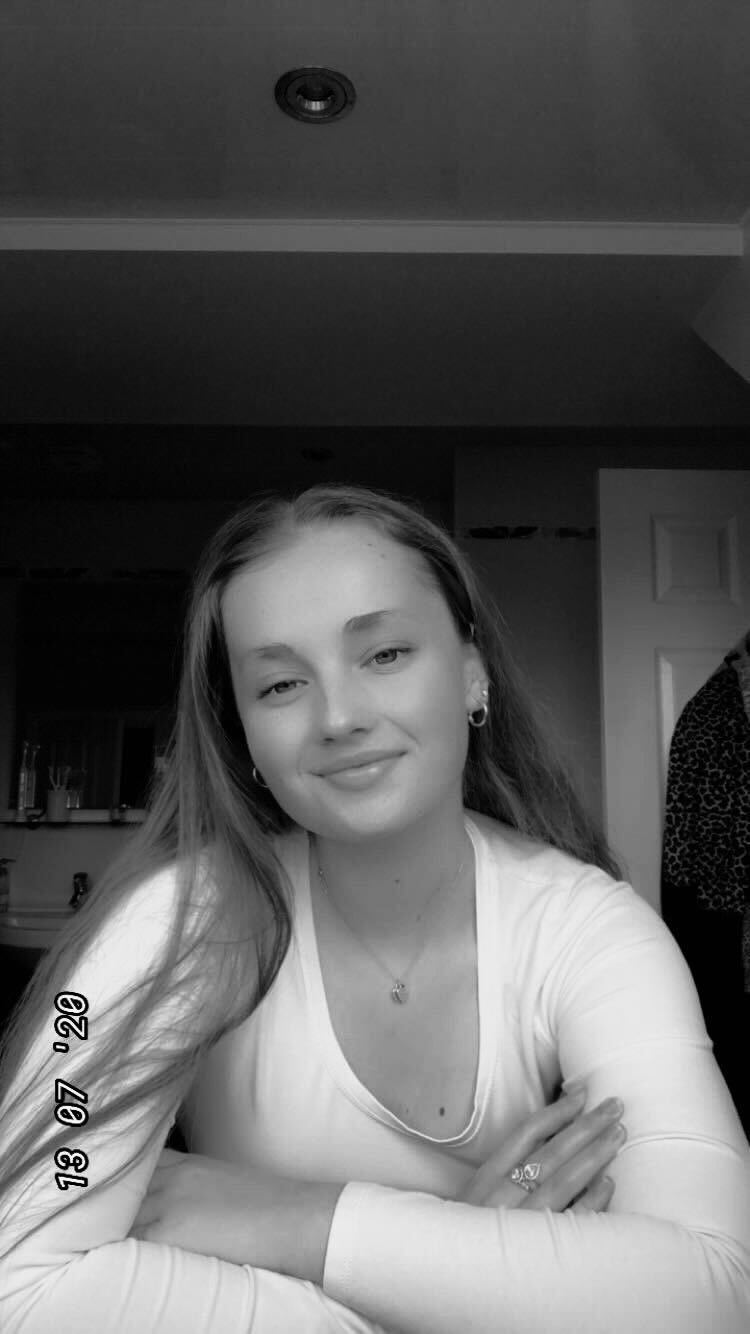
Something I constantly think about when it comes to social media and creatives is – take away all expectations. I launched my small business almost 2 years ago and I was so scared to get it wrong. I was looking at other creatives’ Instagram feeds to see how they were doing it, to see how I should be doing it. There isn’t a right or wrong way to show your art.
I like to think of my social media pages (Instagram, Facebook, TikTok) as my little home. I need to post what I want to post and what I want to share with the world. If you spend too much time thinking about who is going to see it and if anyone is going to like it, you’re taking the fun away. It should be fun! It should also be a safe space for you as the creative. You should want to be excited to show what you’ve made, not stressed out about the best photo to show it or the best music to choose to go with it. We have the control to do whatever we want!
Something else I try to remind myself of is that we are living is the time of people going viral for a 7 second clips – that doesn’t happen to everyone. You have to put in the work and build up your following and be patient! Your page is a glimpse into your creative brain. Show people who you are through your work and they will want to follow your journey.
You can find more of Estelle’s work on her website and Instagram.
Let us know you want us to write more content like this with a love!
Share
Authors
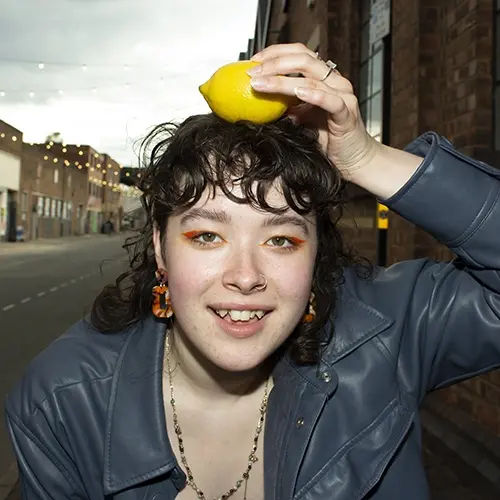
Bethan Jayne Goddard
